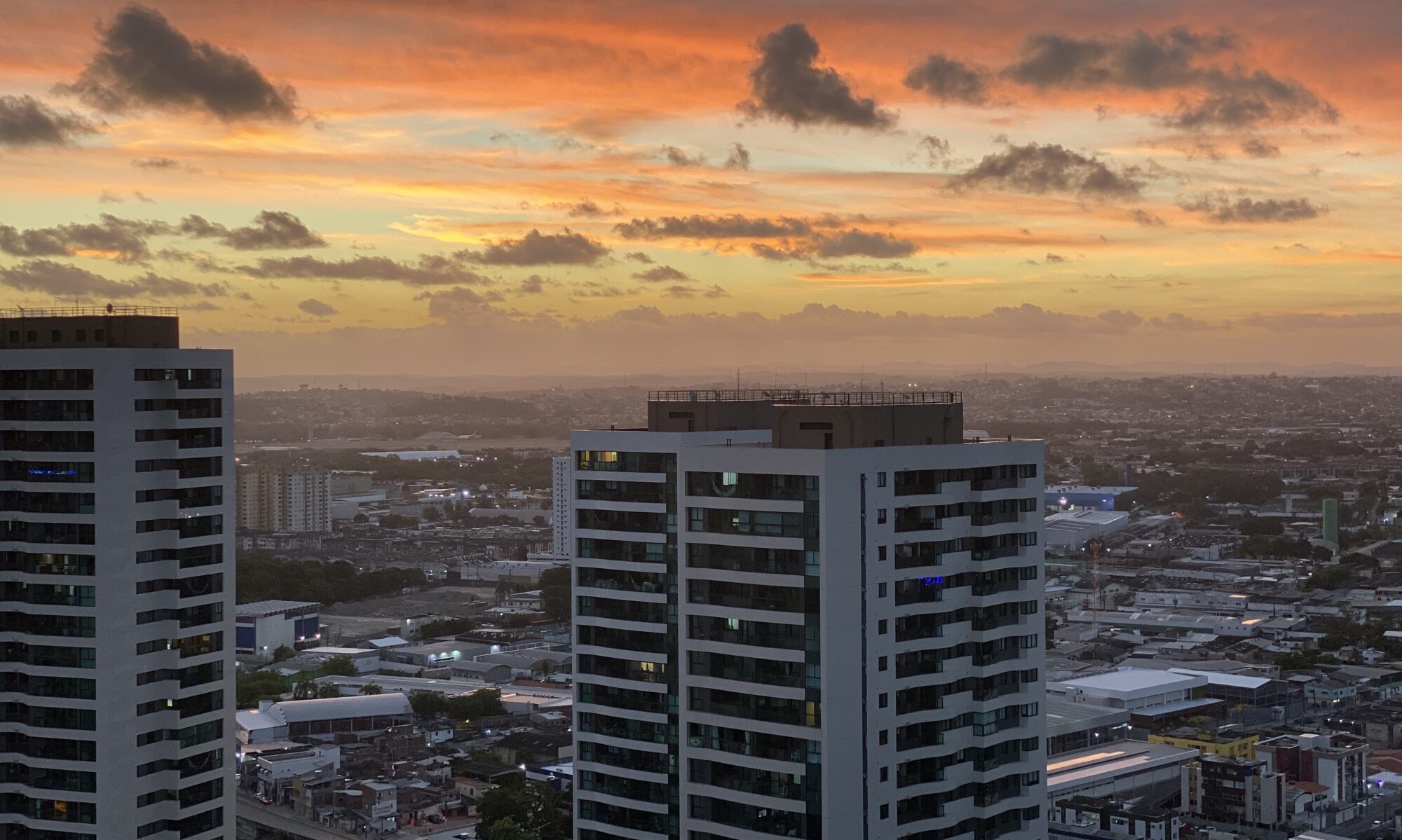Close to the estuary of the River Sergipe, flowing into the Atlantic Ocean was an area that was ideal for setting up a port to handle the export of sugar and the founding of a new city. Aracaju, one of the first cities to be planned in Brazil, was established there and built with the intention of becoming the state capital. Founded in 1855, the capital of Sergipe has its place on the nation’s tourism route with attractions that include a revitalized shoreline, with catamarans – boats with special hulls for sailing in calm water – to explore the city’s numerous mango groves, rivers and beaches.
With its typically colonial layout, Aracaju offers both residents and visitors examples of refined architecture, such as that of the Metropolitan Cathedral which took thirteen years to build. Completed in 1875, the Cathedral houses a series of neo-classical paintings including one of Our Lady of the Conception. Built at the same time as the city, the church of São Salvador, the first parish church in Aracaju, also bears traces of the architecture of that period.
Walking through the capital of Sergipe, one of the city’s attractions is the Emperor’s Bridge which was commissioned in 1860 for the visit of Emperor Pedro II. Built over the River Sergipe, the bridge in fact leads nowhere but is used as a viewpoint. Also in the city centre is the Museum of History and Geography with a display of igaçabas, or native funeral urns, and the skeleton of a giant sloth together with a large collection of fossils.
The sea is a constant presence in Aracaju. The most famous beach in the state is Atalaia Velha (“old look-out”) where there are numerous bars, restaurants, playgrounds, sports pitches and kiosks; there is also the Praia do Robalo which, with its creeping vegetation, coconut groves and dunes, is different from the other beaches chiefly because of the water temperature which is usually around 27 degrees centigrade. Also by the sea is the Parque dos Cajueiros, a reserve covering an area of 74,000 m2, with easy access to soccer pitches, tennis and volleyball courts, a children’s play area, a miniature city, bars, restaurants and kiosks, as well as a water complex with three swimming pools and a water-toboggan with a 20 metre drop. To complete the description there are Thursday evening shows featuring performances by lively local dance groups, very much to the local taste.


